Pentax revives analog with its first film camera in over 20 years – and the pricey retro package has won me over
Hands-on with the half-frame Pentax 17 compact film camera turned into a real treat... eventually
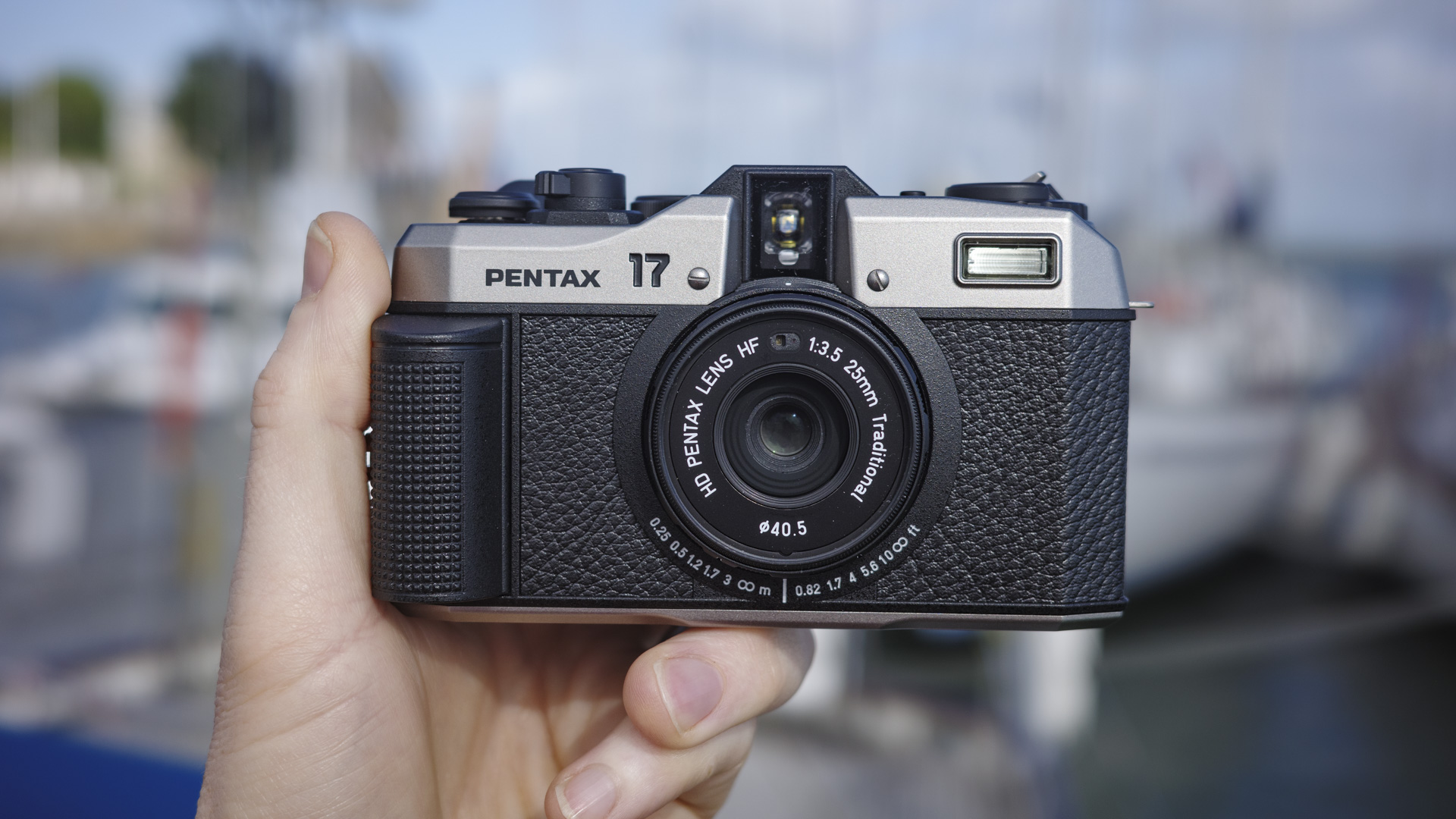
Pentax has unveiled its first film camera in over 20 years, the Pentax 17. It's camera number one in the Pentax Film Project, announced at the end of 2022 with one goal: to develop film cameras for today's TikTok generation.
Film photography has enjoyed a revival in recent years and Pentax, being an analog veteran, is well-positioned to bring something new to the table for film beginners. Cue the Pentax 17: a new half-frame compact film camera, developed by Pentax engineers past and present.
I was one of the lucky few to be sent the Pentax 17 ahead of its launch and have had a decent hands-on time with the retro camera already. It's a wonderfully simple point-and-shoot remedy to the best mirrorless cameras I use daily for photography and video.
In fact, the Pentax 17 marked the first time I've shot on 35mm film in years, so how was the experience, and has the 17 been worth the wait?







A film camera for 2024?
As a serious photographer, I initially wasn't overly enamored by the Pentax 17. It felt too light, too plasticky, too toy-like. And its shooting mode dial with a 'bokeh' setting felt a little too beginner-y.
But my first and last proper analog experiences were in the 1990s and 2000s, with old-school SLR cameras made from proper metal parts. We're in 2024 now, and there's a new crowd embracing film, and the more I thought about the 17, the more its design makes sense.
It sits somewhere down the middle of traditional SLR cameras like the Pentax ME Super and a point-and-shoot compact film camera like the Kodak H35 Ektar. If a smartphone is your primary camera, then the Pentax 17 is a sensible introduction to film.
Sign up for breaking news, reviews, opinion, top tech deals, and more.
You get a compact build, simple point-and-shoot controls, and a tiny fixed wide-angle lens with a slightly tighter perspective to the main camera on your phone considering the Pentax 17 is a half-frame film camera, which again makes a lot of sense for 2024.





Half-frame cameras use the widely available 35mm film, only you get double the number of shots on the film roll. I had a bunch of 24-shot rolls of color and black and white film for my hands-on, for which half-frame gets me 48 shots per roll, but you can get 36-shot rolls of film, too (for 72 half-frame shots).
Exposures take up half the space on your roll of film and are half the quality, at 17x24mm with a border (to the 36x24mm of a regular 35mm camera). That picture size is the inspiration for the excellent 'Pentax 17' name.
Your photos are therefore in vertical format when holding the camera normally, while if you want to shoot in landscape format you rotate the camera 90 degrees and hold it vertically.
It's counterintuitive at first for a proper camera like the 17, but to be honest, I was pretty much always holding it normally and shooting portrait format photos, with the camera settings mainly in auto. And if your camera experience is just a smartphone, then shooting in portrait format is totally normal.
Pentax 17 in the hand – a digital remedy
Once you're ready to go, the Pentax 17 is essentially a point-and-shoot compact. The main control I've fiddled with is the focus distance. On the top of the lens is a subject-type scale ranging from mountains (infinity focusing) through to portraits (around 5.6ft / 1.7m) and flowers (the close focusing distance of 0.82ft / 0.25m). There's a handy scale on the underside of the lens for these zone focus options (see the lens details in the gallery, above).
Otherwise, operating the camera is super simple – the wide field of view means that pretty much everything in the direction you're pointing the camera will be in the shot. Think phone camera, and you'll be alright.
You get handy guidelines in the optical viewfinder to ensure subjects are in the frame: an outer guide is for distant focusing, while the inner guide is the frame lines for close-up subjects – something we call parallax correction.
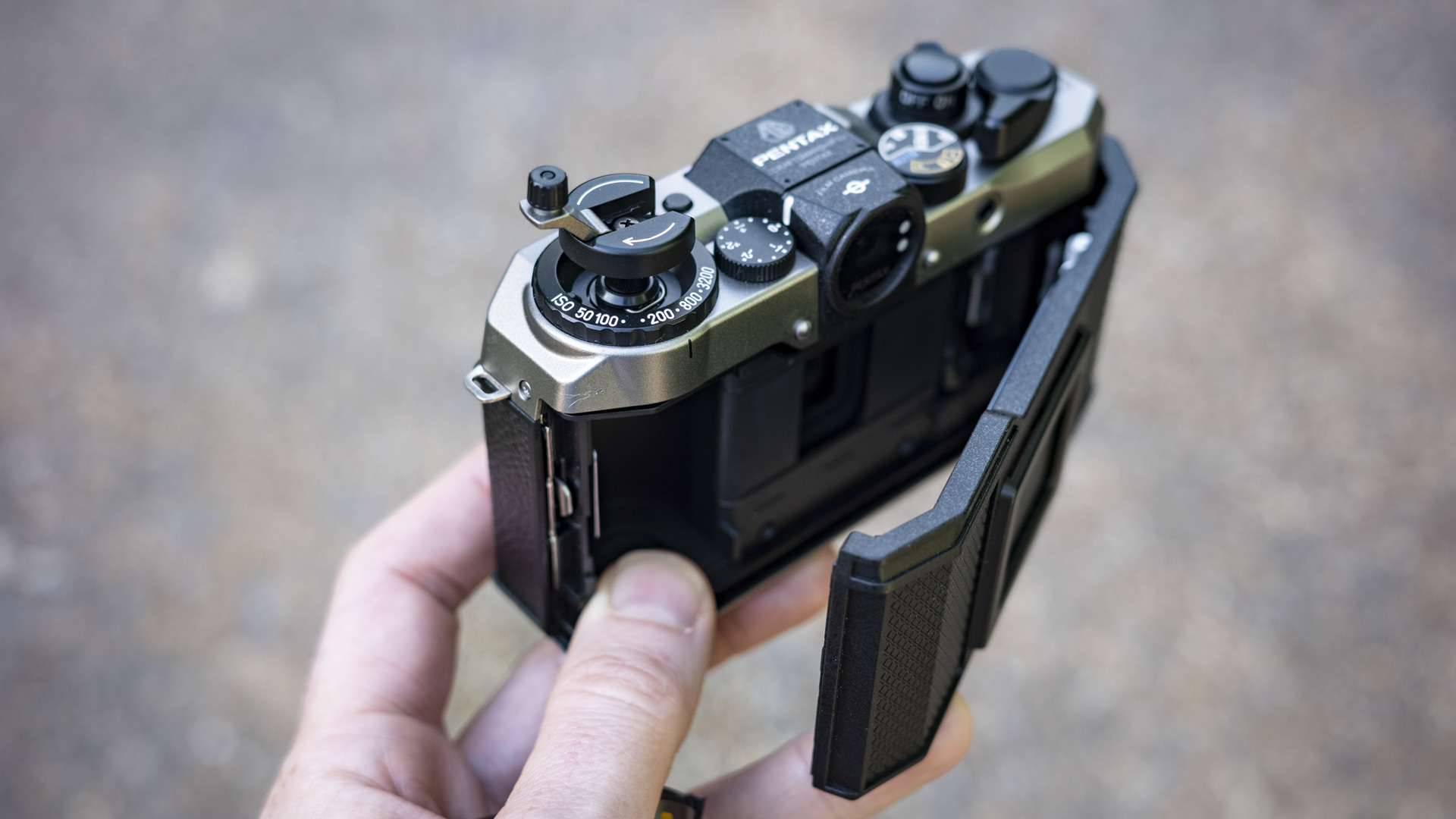
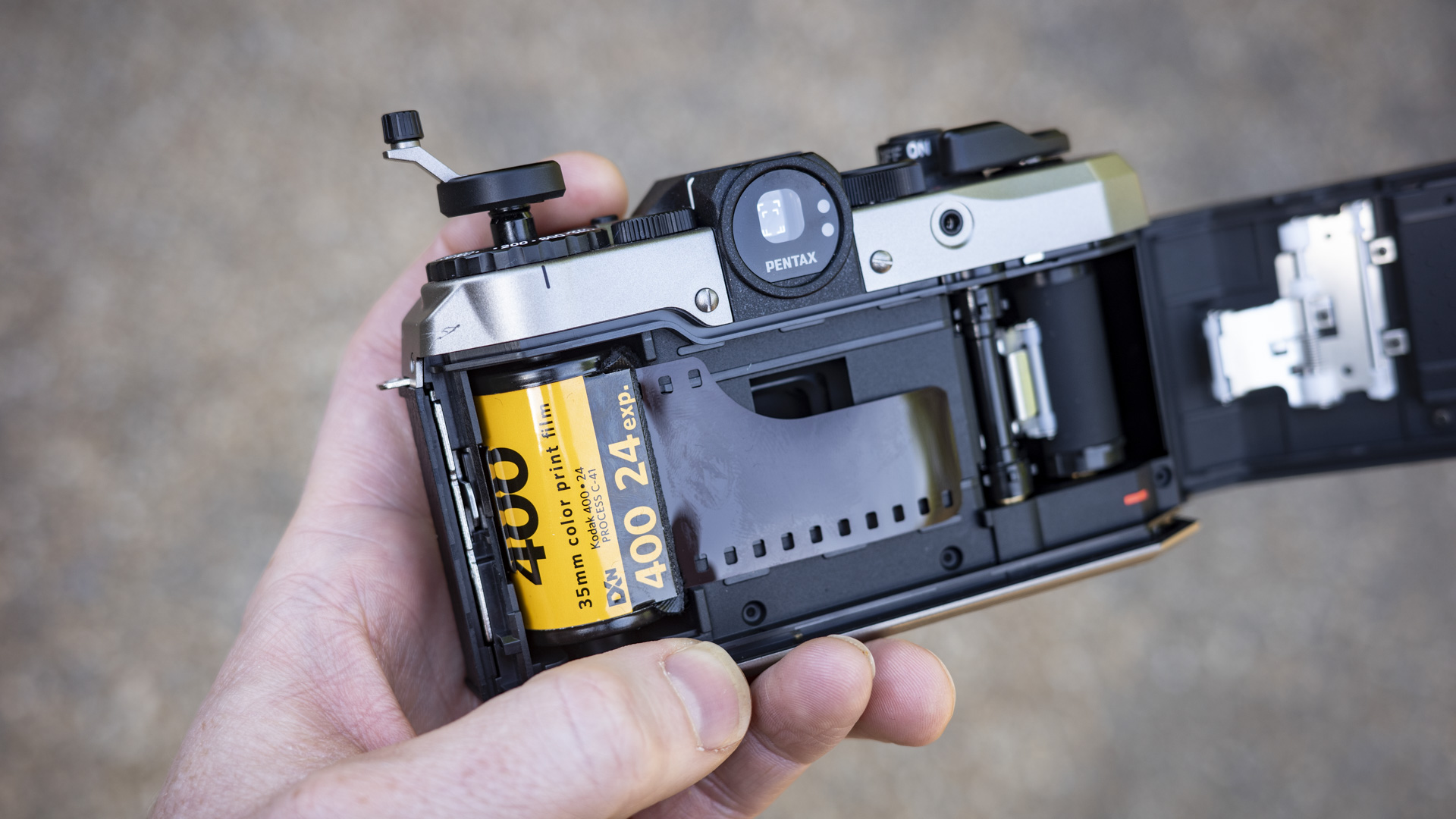




Getting into film again has been a real treat. Loading 35mm film is super easy once you've done it a couple of times (just remember to set the appropriate ISO rating on the camera for the film), and you can't beat the tactile experience of loading film and using the film crank to wind the film on to your next shot, complete with audible feedback. That's what you don't get with cheaper modern alternatives.
Half-frame is a nice middle ground for the modern film shooter: you don't have to be as precious about every frame, but equally, you can't just fire away at will like you can with a phone supported by infinite cloud storage.
With more shots at my disposal, I've felt better taking the same portrait multiple times to ensure I've got the right composition and increase my chances of a blink-less portrait. However, shooting half-frame film stills encourages you to think about your shot and work on the lighting and composition.
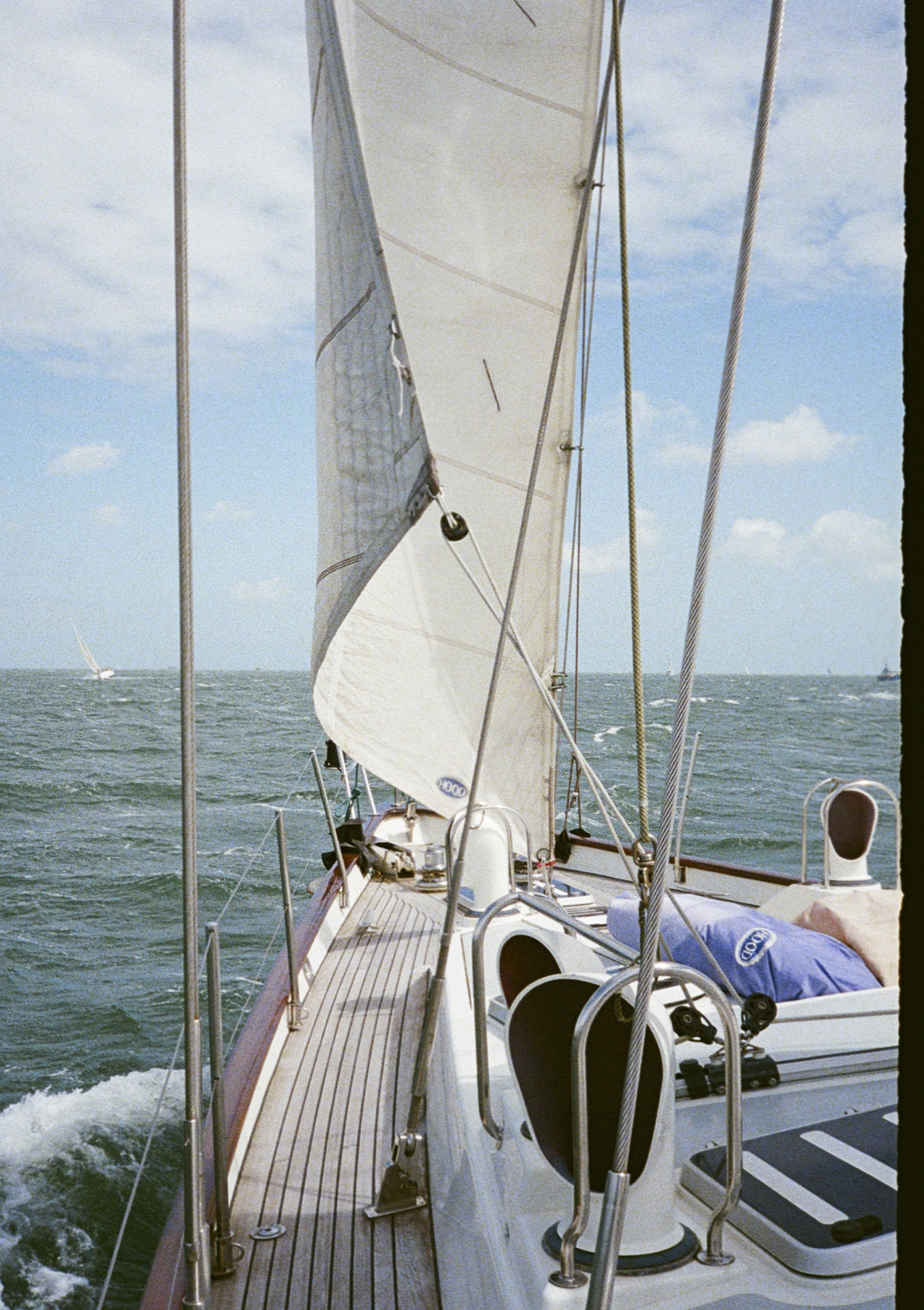
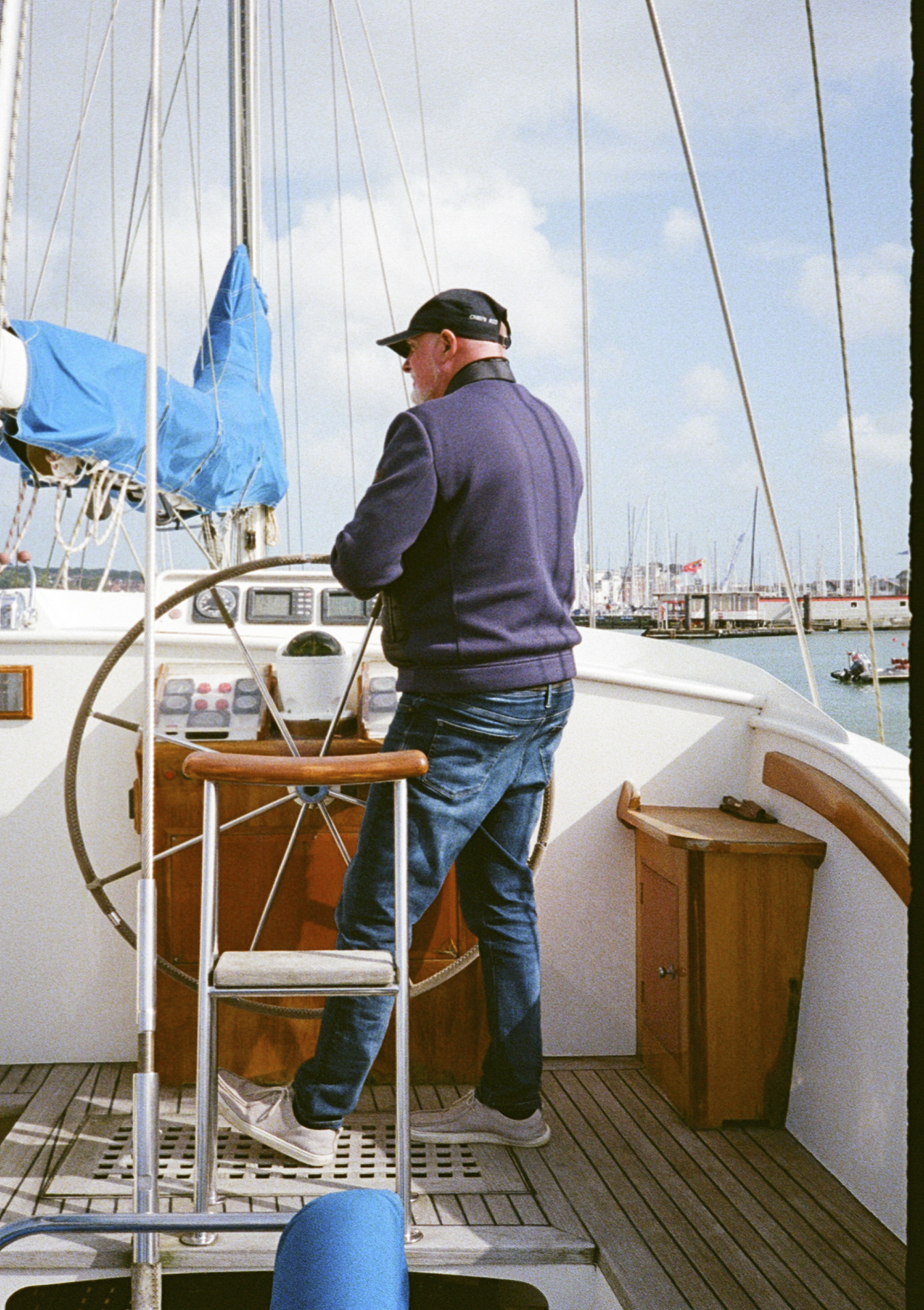
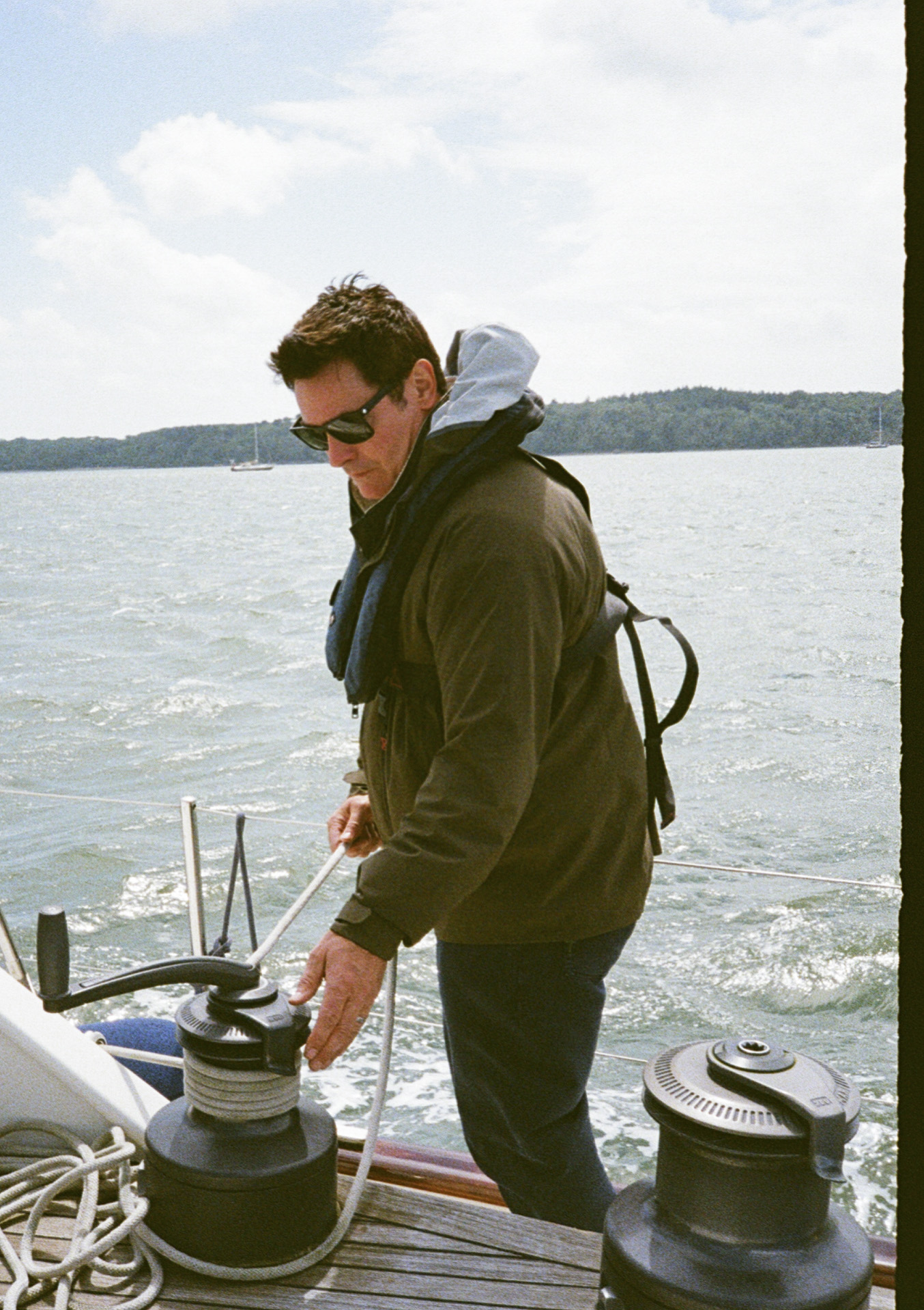
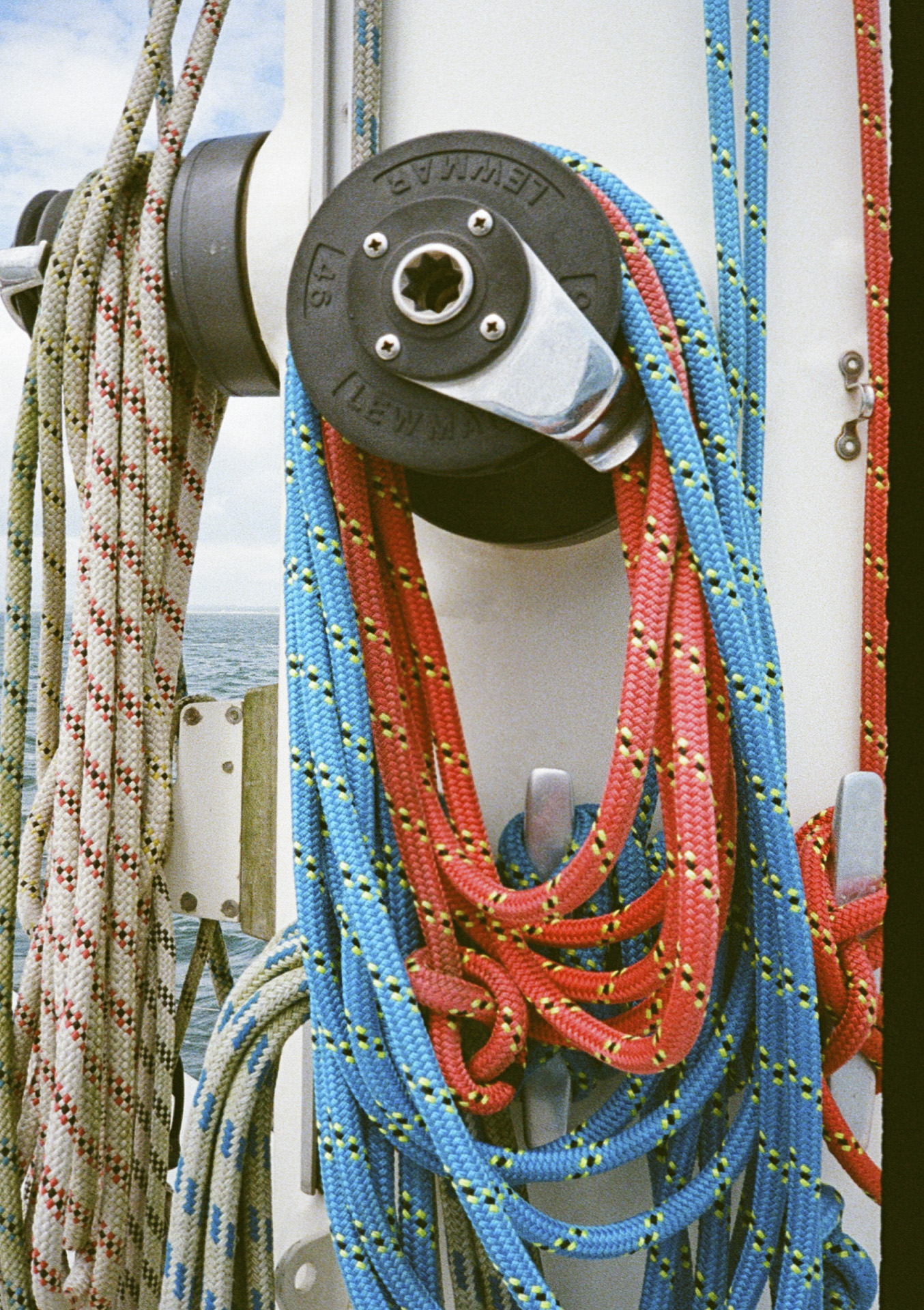
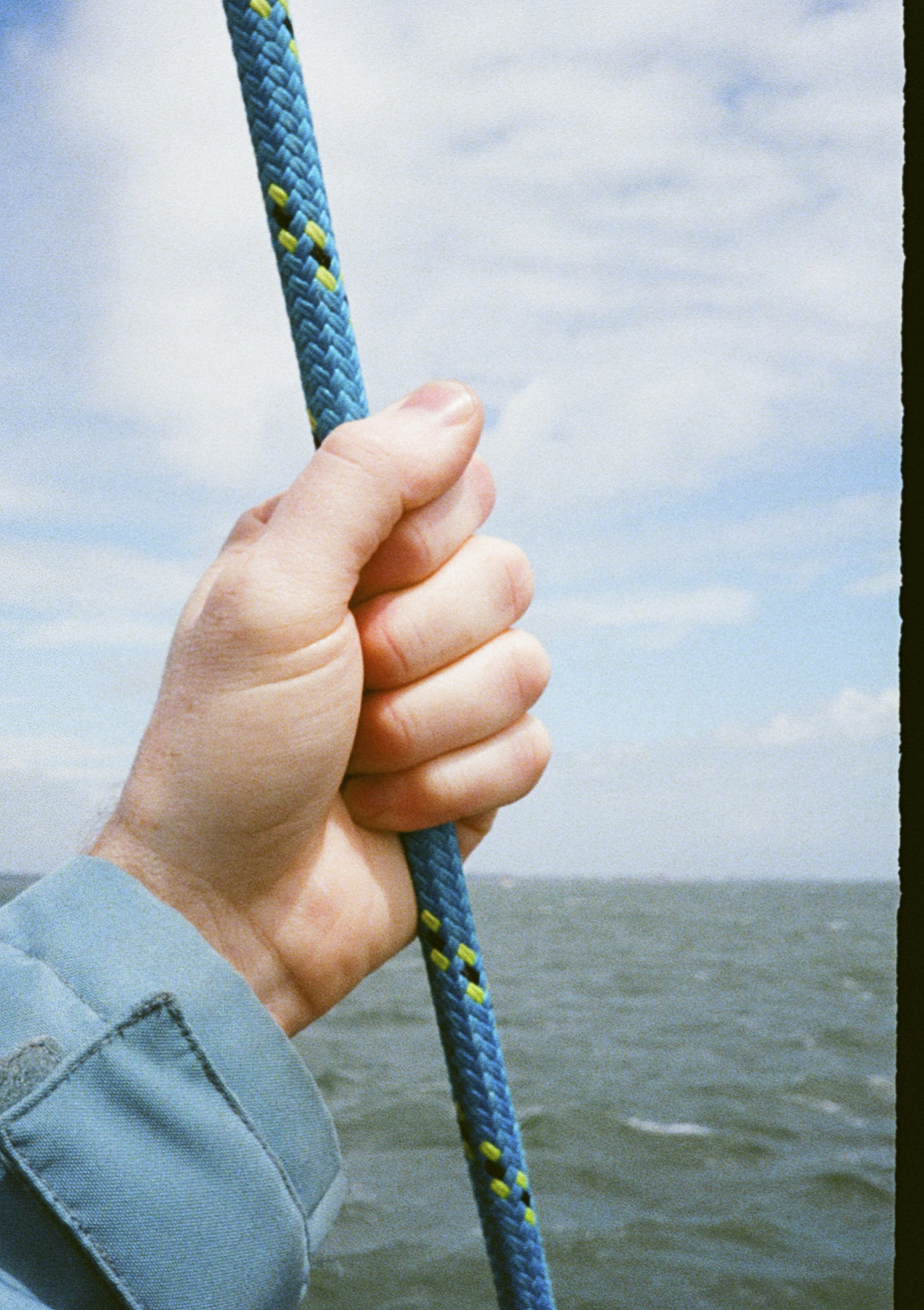
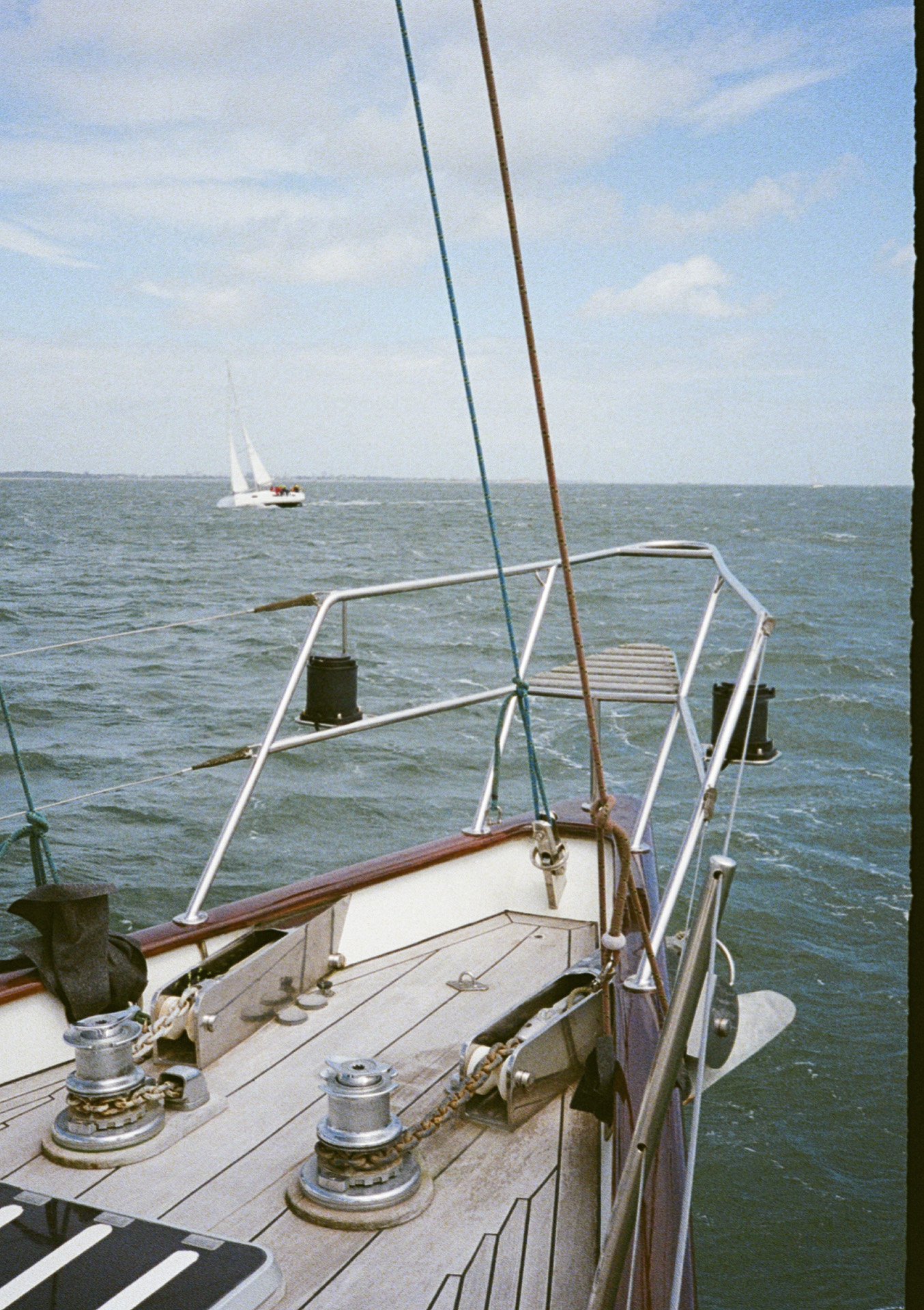
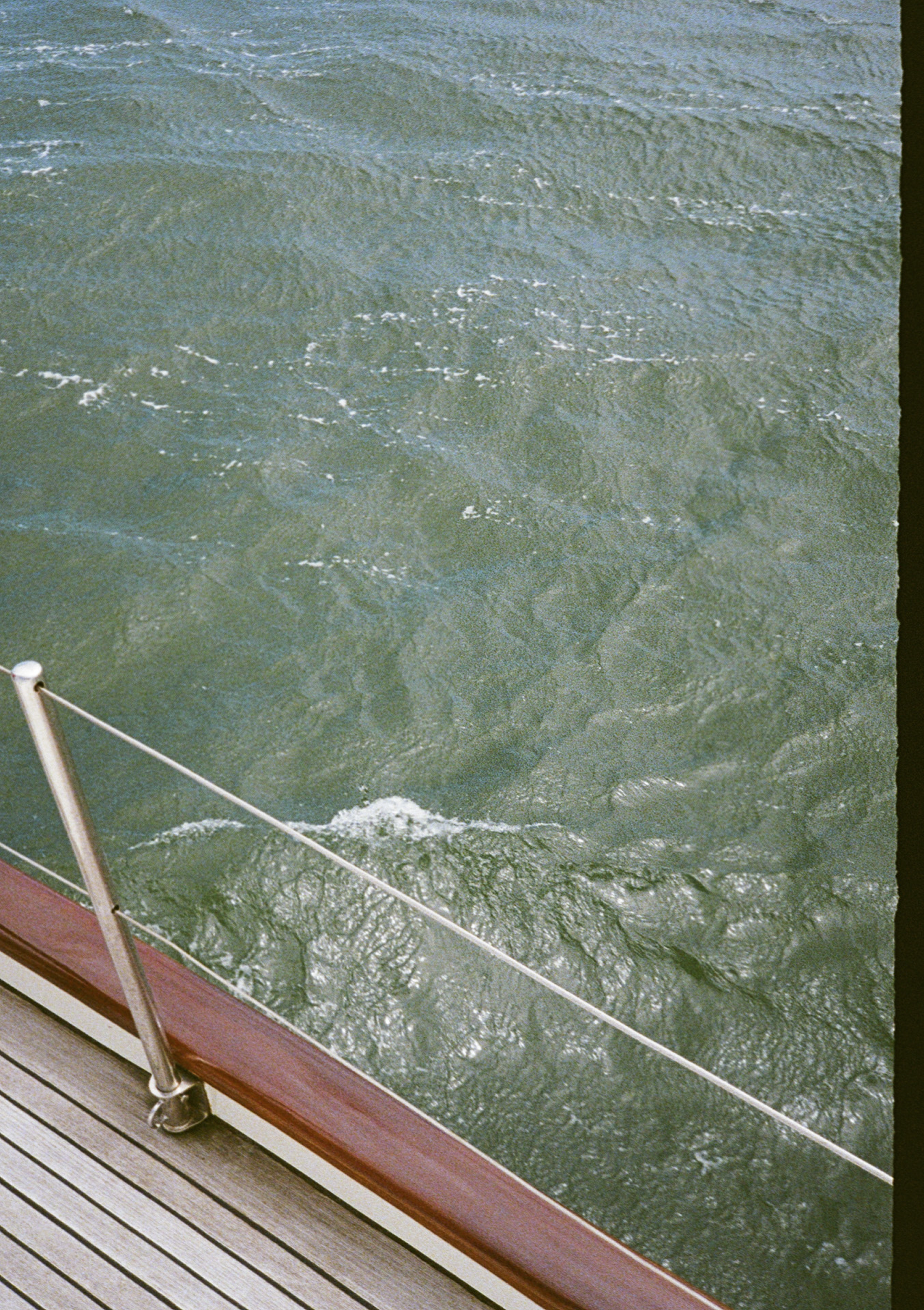
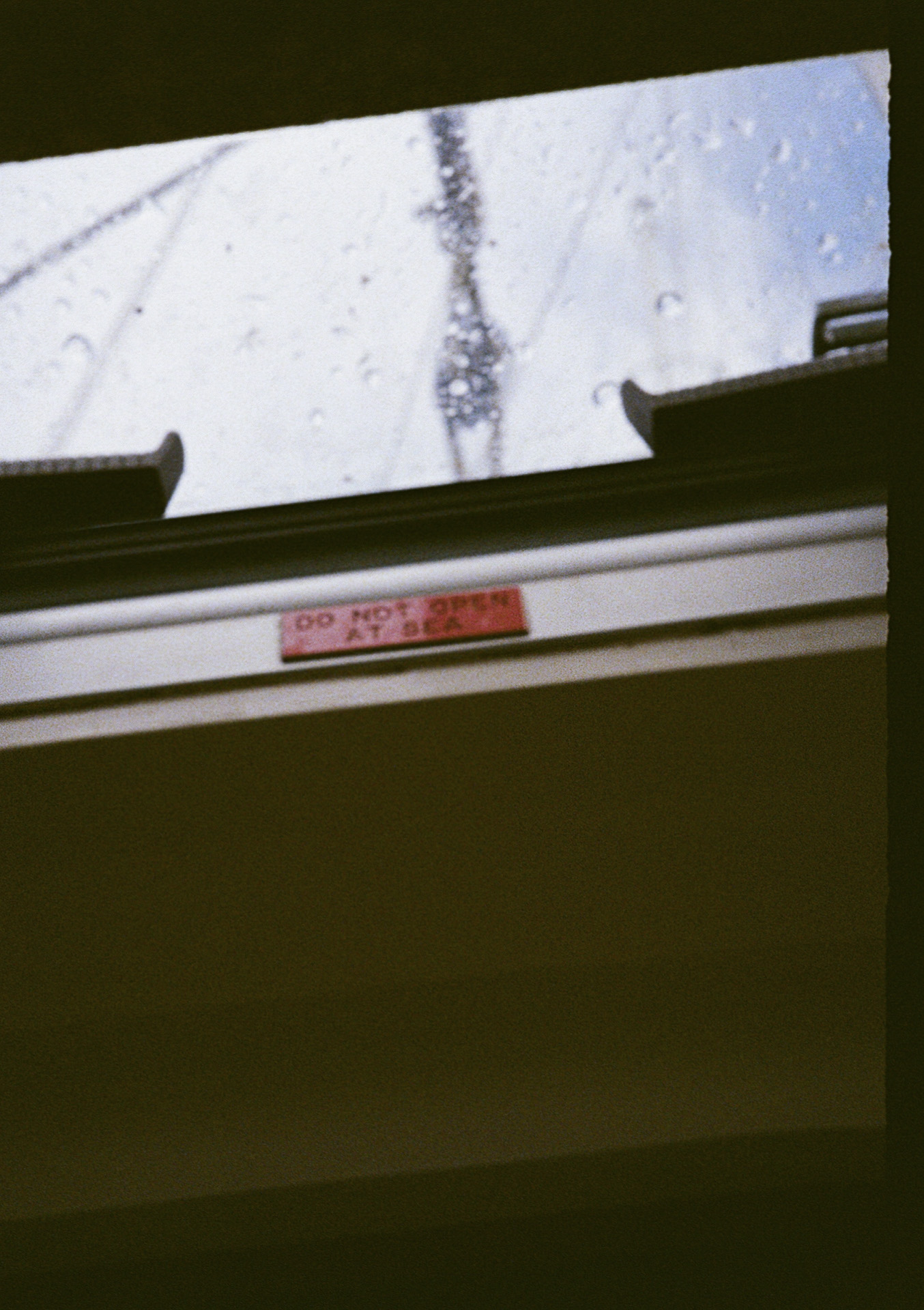
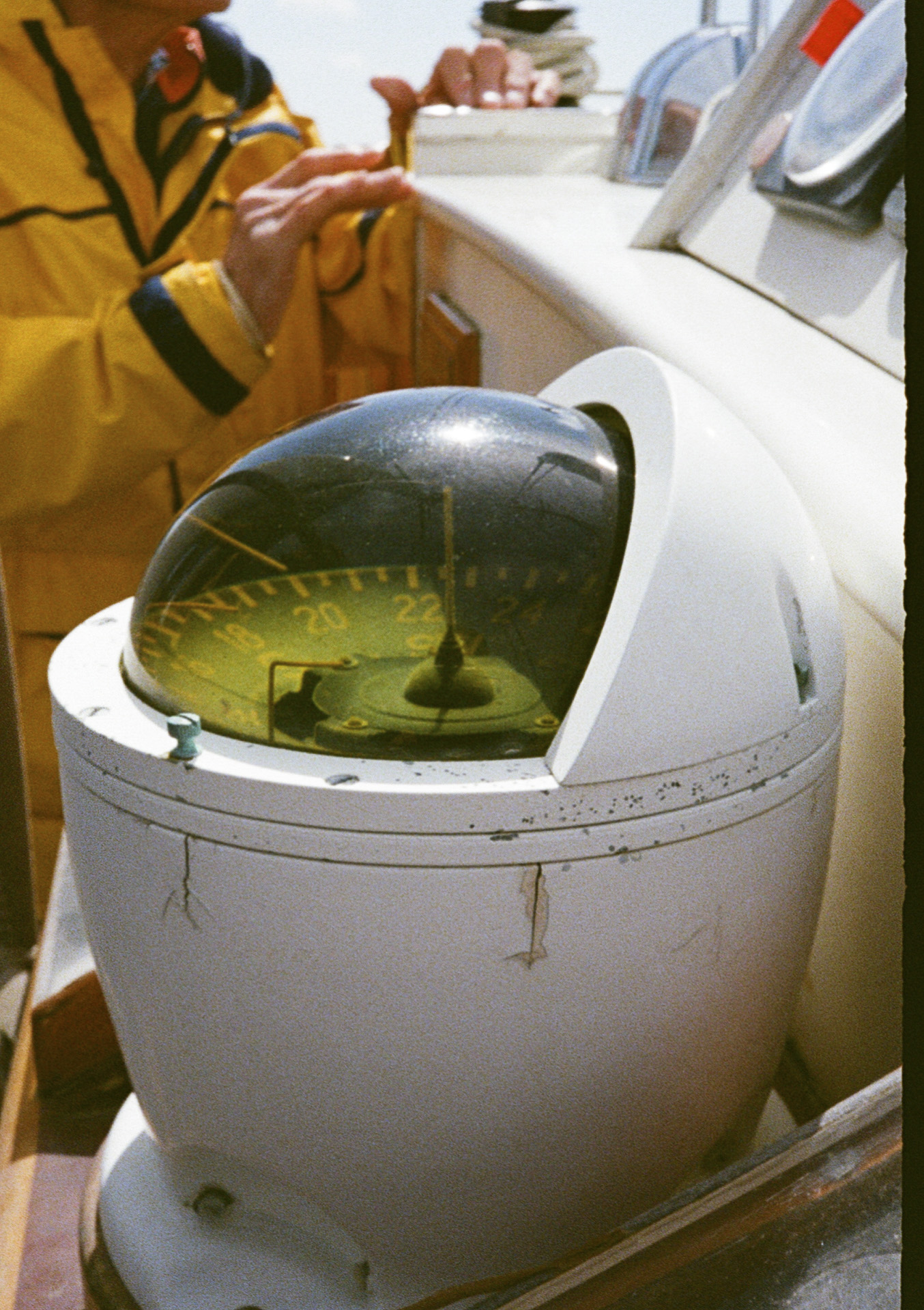
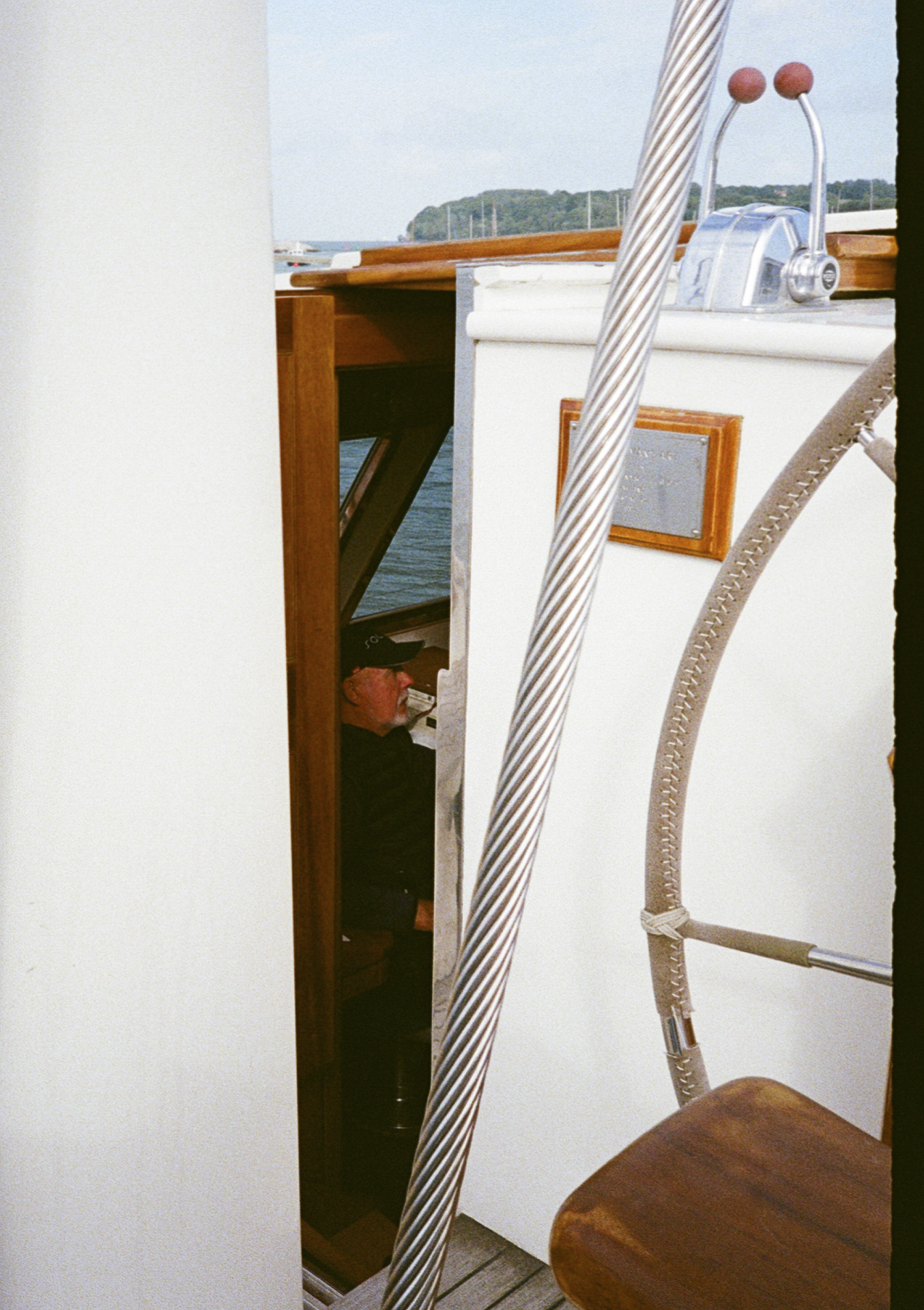
I have also grown to love the Pentax 17 design. The battery compartment, which holds a LR2 battery (needed), doubles up as a grip and gives a firm hold. And the camera really looks the part too, even if I don't like the beginner-feeling shooting mode dial.
What I haven't enjoyed about the Pentax 17 is its build quality. It does feel a little cheap and I got a scratch on the silver-effect top plate in the first few days. This isn't a camera you can throw around. The shooting mode dial rotates too easily too – I often found the camera in another setting from what I left it in.
And then there's the price, which to me feels unreasonably high: $499 / £499 / AU$899 for a part metal part plastic camera with not much happening on the inside is a fair whack of anyone's money, and exorbitant compared to (admittedly simpler) rivals like the Kodak H35 Ektar and Moment Long Weekend.
You also need to factor in the ongoing costs of shooting with film. Developing every single 24-shot roll of film together with digital scans cost me £16 (around $20 / AU$30) at a local UK lab, though you can shop around and save money if you're not in a rush.
I balked at the Pentax 17 at first, but all being said, it is a well-delivered concept that taps into a potentially huge market. This truly is a film camera for 2024 and a superb introduction to film photography, if you can afford it.
You might also like

Tim is the Cameras editor at TechRadar. He has enjoyed more than 15 years in the photo video industry with most of those in the world of tech journalism. During his time as Deputy Technical Editor with Amateur Photographer, as a freelancer and consequently editor at Tech Radar, Tim has developed a deeply technical knowledge and practical experience with cameras, educating others through news, reviews and features. He’s also worked in video production for Studio 44 with clients including Canon, and volunteers his spare time to consult a non-profit, diverse stories team based in Nairobi. Tim is curious, a keen creative, avid footballer and runner, and moderate flat white drinker who has lived in Kenya and believes we have much to enjoy and learn from each other.